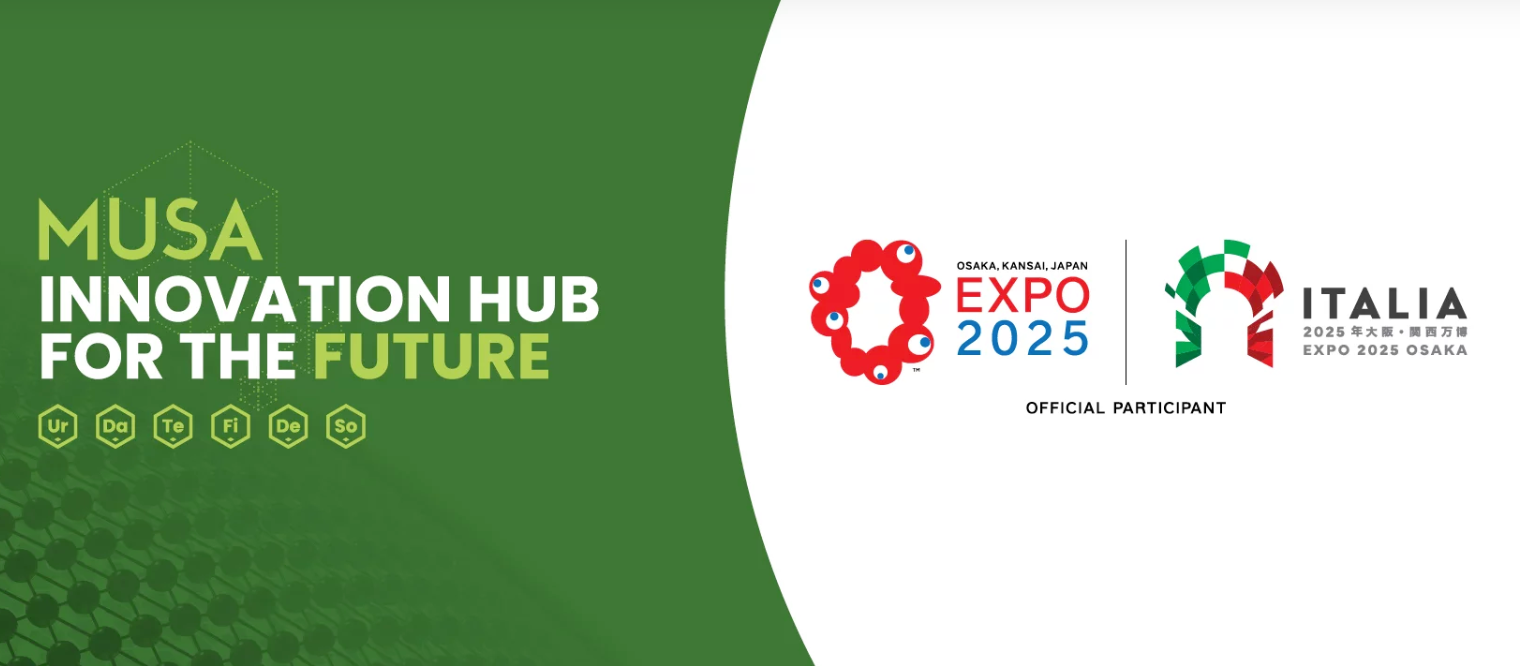The Bicocca professor presented his energy and environmental regeneration project for Piazza della Scienza at Expo Osaka, featuring photovoltaic panels, smart sensors, and community involvement.
At Expo 2025 Osaka, MUSA played a crucial role by organizing the workshop “4UniverCity Futures – The City of the Future: Designing and Transforming University Neighborhoods,” hosted at the Italian Pavilion. Professor Maurizio Acciarri, a lecturer from the Department of Materials Science at the University of Milan-Bicocca, explained the urban regeneration project for Piazza della Scienza to an international audience. This area has become an open-air laboratory for environmental sustainability and technological innovation.
Professor Acciarri’s contribution focused particularly on the energy efficiency of the area, from the installation of photovoltaic panels to the refurbishment of existing buildings. “We introduced a series of integrated interventions: solar panels for clean energy production, thermal insulation for improved building efficiency, LED lighting, and sensors to monitor air quality and temperature in classrooms,” he explained.
However, the transformation isn’t just technological. Acciarri emphasized the importance of the project’s educational component: “It’s essential to involve the community. Those who live in and pass through these spaces must be led to understand the importance of photovoltaic systems and how it’s possible to rethink their own homes in a sustainable way.” For this reason, the project also includes explanatory signs and informative tools to make the ongoing interventions visible and understandable.
According to Acciarri, Piazza della Scienza represents a model of transformation that can inspire other urban contexts. “The university must be an example for the city. What we are doing can be replicated in residential neighborhoods, involving citizens and businesses in a virtuous process of change,” he highlighted.
For Acciarri, participating in Expo Osaka was a strategic moment to share experiences and engage with realities from all over the world. “The level of participants was very high. It was important to be there, to also showcase internationally the investments that MUSA and Bicocca are making in research and experimentation,” he said. The success of the Italian Pavilion, among the most visited of the entire exhibition, then confirmed, as Acciarri explained, “the global interest in Italian solutions for urban regeneration and the central role that university districts can play in building the cities of the future.”





